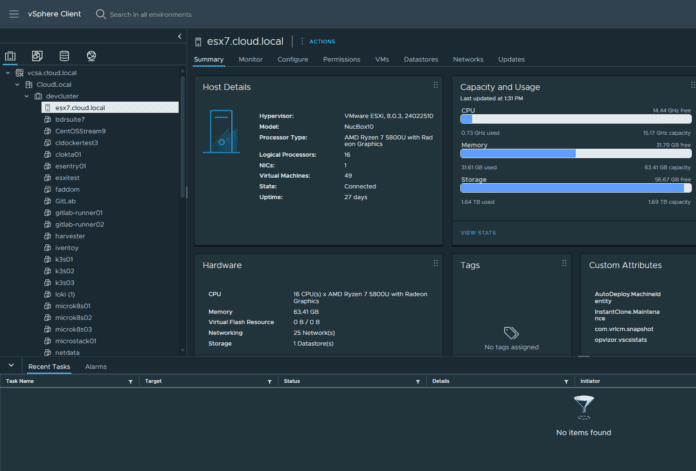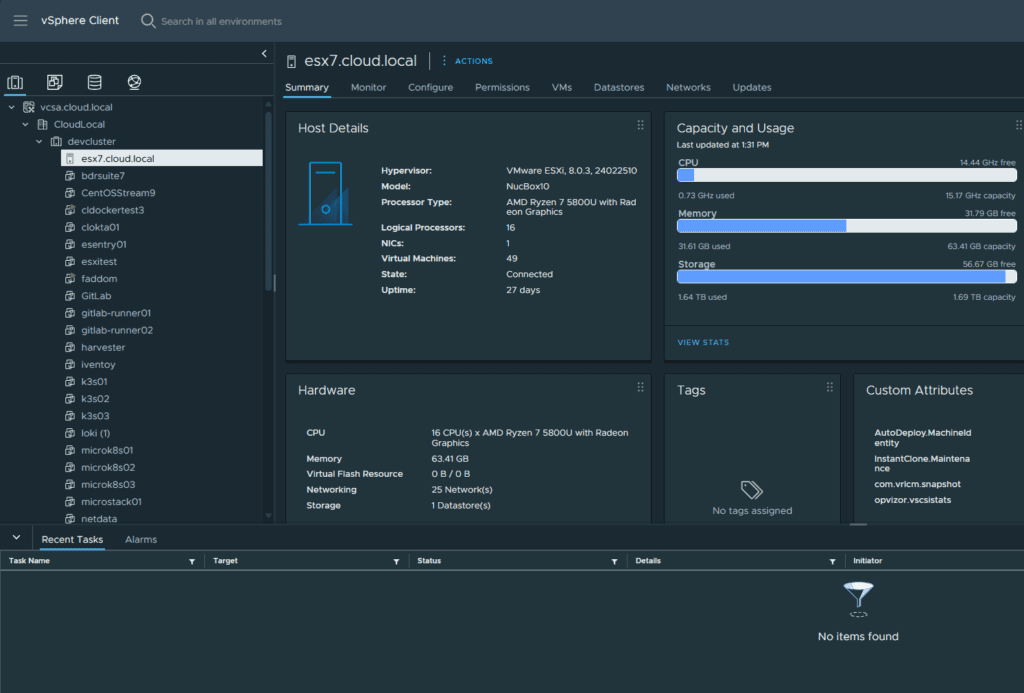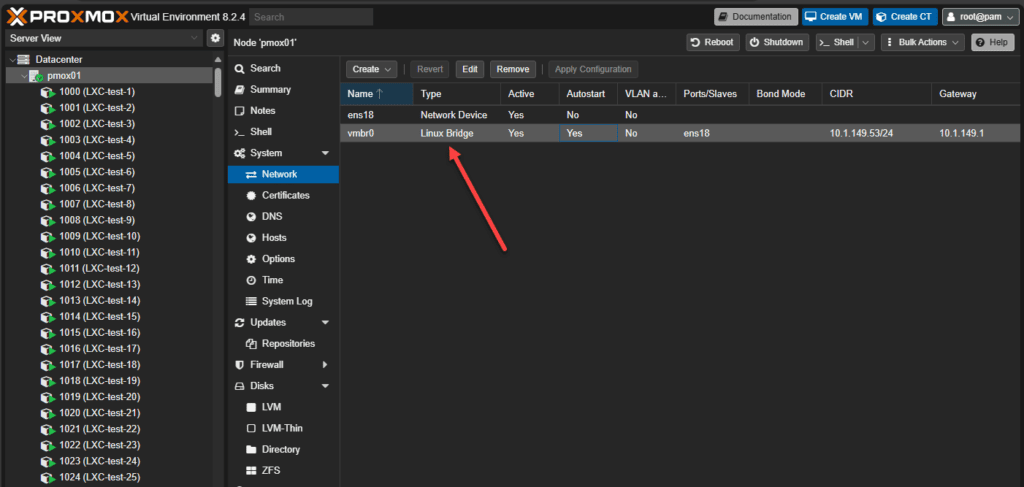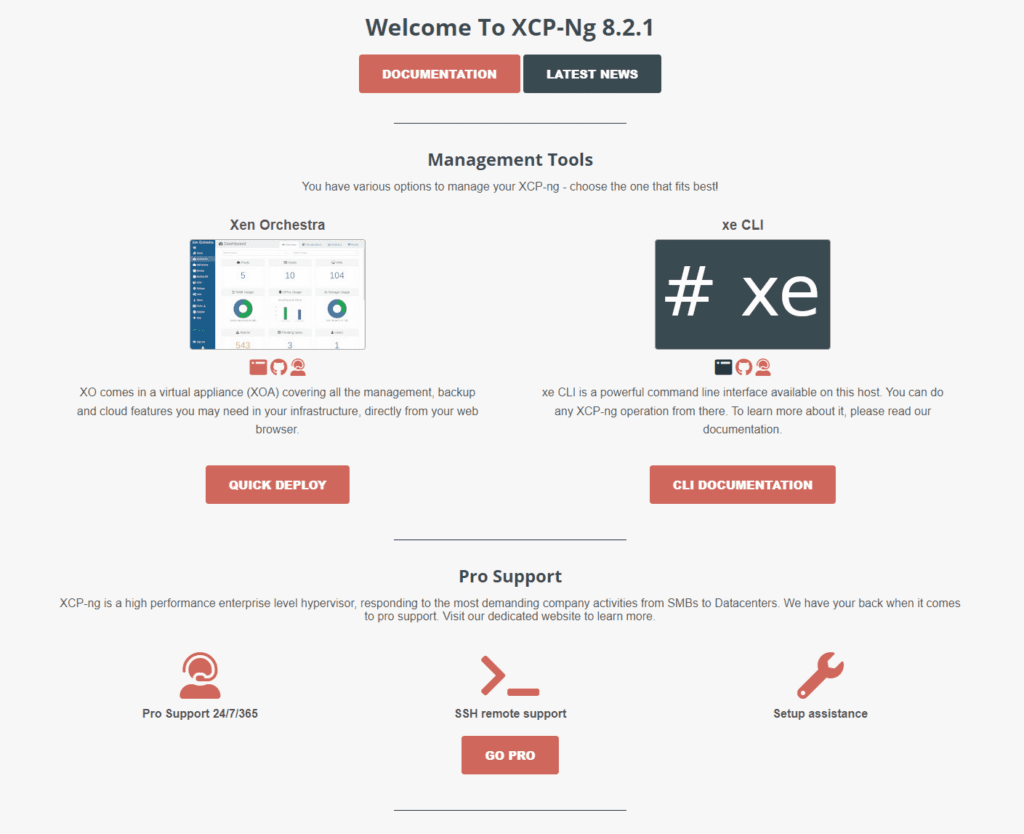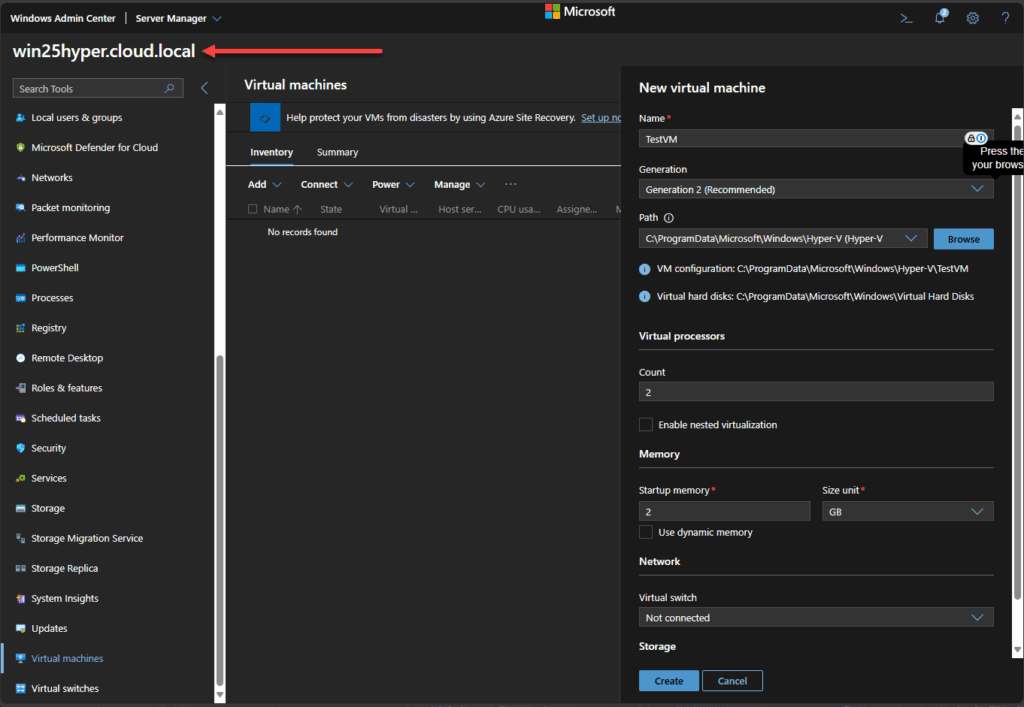Wow there have been so many changes with virtualization this year only, when looking back at the ground we have covered so far in 2024. When it comes to hypervisors there are so many to choose from these days. Let’s look at the best OS for virtualization at least in the third quarter or so in 2024 and see what is on the list for running your virtualized environments.
The List
The list of best OS for virtualization in my viewpoint of experience and testing comes down to the following:
- VMware vSphere
- Proxmox
- XCP-ng
- Nutanix
- Hyper-V
Let’s see why I have picked these as the ones that most will want to go with and the advantages and disadvantages of each one.
1. VMware vSphere
Despite all the fallout from the Broadcom purchase being finalized with VMware and the major changes Broadcom has brought about with VMware licensing and the cost of everything. If we are strictly looking at the best hypervisor in mid to late 2024, VMware vSphere is still it.
There is just no other hypervisor that can do everything that VMware can do, period. Please change my mind on that if you think otherwise. From my perspective it has the killer set of features and capabilities that anymore we just assume is standard.
However, if you are used to VMware vSphere and then go to something like Proxmox, while Proxmox is great, it is just not as good as VMware for a pure feature to feature comparison of what both can do.
One new feature that helps illustrate this is the new NVMe memory tiering. VMware is the only hypervisor on the planet at this point that allows me to take 96 GB of memory in a mini PC and turn that into almost half a terabyte of memory.
If you didn’t catch my blog post covering this earlier, check it out here: VMware NVMe memory tiering feature.
Pound for pound, feature by feature, VMware leads the pack.
2. Proxmox
I would call Proxmox the “home lab darling” since everyone and their brother is spinning up a Proxmox server in the home lab environment. I think it really shines in this realm. It is open source and allows most to do what they want to do, run virtual machines and containers.
It has even features that we see in enterprise hypervisors like VMware by providing clustering, live migration, and even HCI storage in the form of Ceph storage you can easily integrate into Proxmox.
Proxmox also recently introduced the VMware Import utility that will be a game changer as it matures and is making it much easier for ones to migrate from VMware vSphere in their home lab environment.
However, there are downsides to Proxmox such as support. So far as I can tell, Proxmox only offers 5 days a week support. There may be other third-party integrators or MSPs that can take up the slack on this front, but through Proxmox themselves this is not available.
I think when it comes to mission critical applications, this will be a deal breaker for companies wanting to check out Proxmox for running their workloads. However, there are also features that make it very appealing still, like free backup software that is built into the solution and platform that cuts not only the cost of the hypervisor, but also you won’t have to pay for backups.
3. XCP-ng
XCP-ng is another great open source option that is gaining traction in the home lab and in the enterprise. XCP-ng is an open source version of the Citrix hypervisor. It also has similar architecture to VMware in the sense that you have your hypervisor hosts and then you have the Xen Orchestra appliance that unlocks more features and management capabilities.
This is very similar to the relationship between VMware ESXi and vCenter Server. So, I think from that perspective, it will feel very familiar to vSphere admins. Like Proxmox, it also has its own backup solution that you can use to backup virtual machines in XCP-ng.
However, I don’t care as much for XCP-ng and the interface as much as I like Proxmox. Proxmox’s interface while still rather archaic compared to the vSphere Client, still feels more intuitive to me than clicking around in the XO interface (Xen Orchestra).
4. Nutanix
Nutanix is another enterprise grade hypervisor. It did not cut its teeth in open source like the last two hypervisors mentioned and like VMware vSphere is a proprietary offering. When I say it didn’t cut its teeth in open source, a fun fact about Nutanix is that it is based on the KVM hypervisor which is a free and open-source hypervisor.
Nutanix has made a name for itself in the realm of hyperconverged infrastructure (HCI) and even a recent news tidbit is that Dell and Nutanix inked a deal that is going to go after many of the disgruntled customers from the VMware side of things that are wanting to jump ship from Broadcom’s licensing and cost increases.
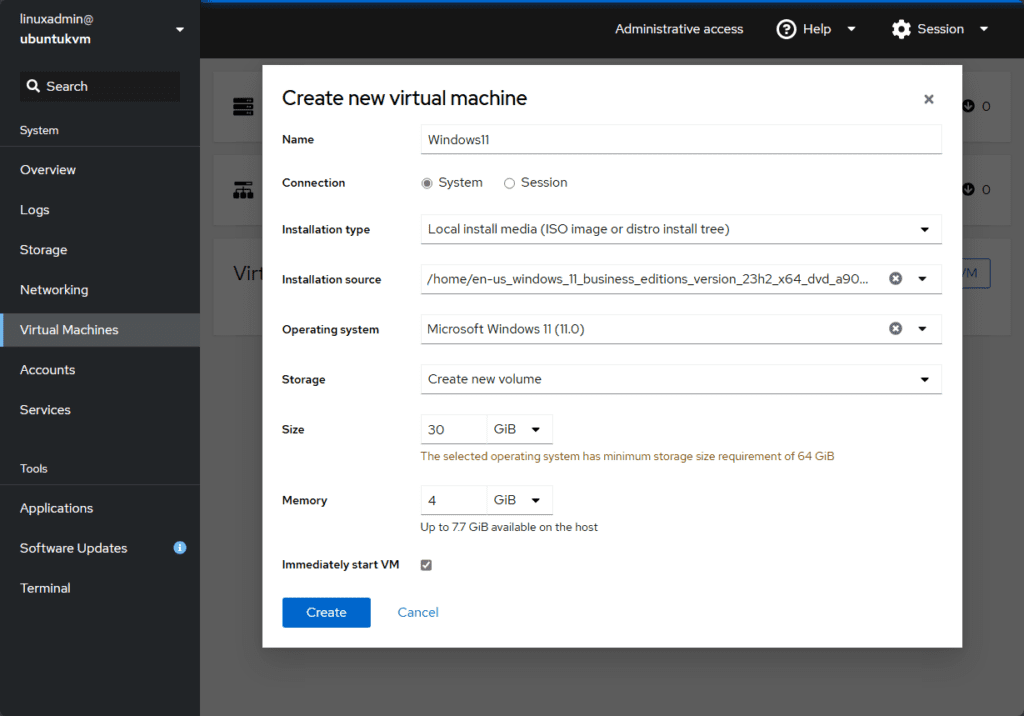
Nutanix makes a lot of sense for many since it has always been the real contender with VMware vSphere in the enterprise. It seems like if customers are not running VMware, they are running Nutanix or Hyper-V.
Nutanix also has a free Community Edition that I definitely applaud as it lets VMware vSphere admins get a feel for Nutanix and learn the hypervisor solution in their home labs which I have been able to benefit from as well.
Nutanix like VMware will require that you purchase your own backup solution. But, most enterprise backup solutions that customers are using today support backing up a Nutanix environment.
5. Hyper-V
Hyper-V is the often frowned upon hypervisor among hypervisor geeks. I haven’t really talked to an admin yet who really loves Hyper-V. If they are using it, it is because that is the direction the organization wanted to go normally due to licensing.
Microsoft definitely makes the case that Hyper-V is not going anywhere and they use it for everything, including Xbox. But I still question why things seem so stale with Hyper-V? And, Microsoft is pushing customers towards the Azure Stack HCI solution that forces you into an Azure management model.
I really think that at some point in the future Microsoft will make customers enable Hyper-V through Azure, but I could be wrong on that front.
Wrapping up
There are many options that I see ones using in production and home lab environments today that I would consider the best hypervisor. There are honestly a lot of great options to choose from. All the way from enterprise hypervisors we have used for decades now to open-source solutions that have started to come onto the scene. I still love the features and capabilities of VMware vSphere as it shows that it is still the one to beat from a features perspective. However, the open-source solutions as well as Nutanix are also appealing alternatives.
It really depends as to which one you choose. VMware has the Cadillac features, Proxmox is the home lab star of them all, XCP-ng is gaining traction, Nutanix is the VMware competitor that has been around forever, and Hyper-V is the hypervisor everyone loves to hate.
